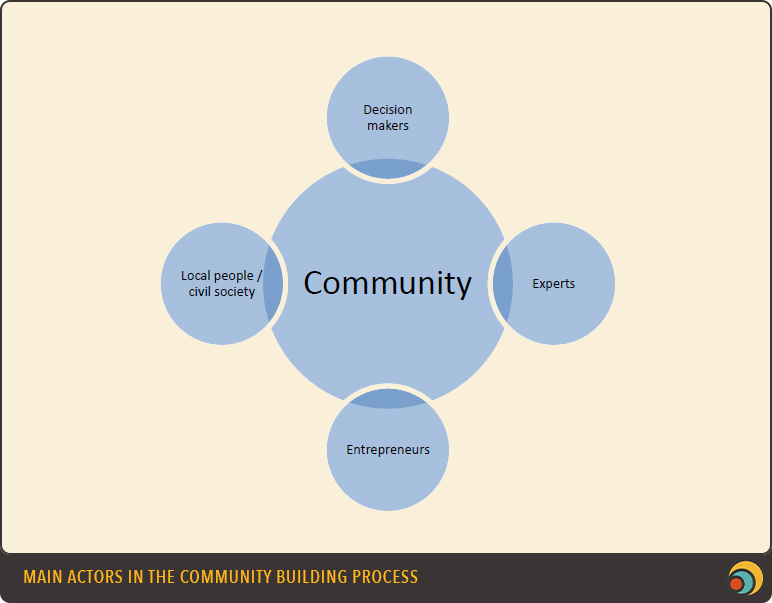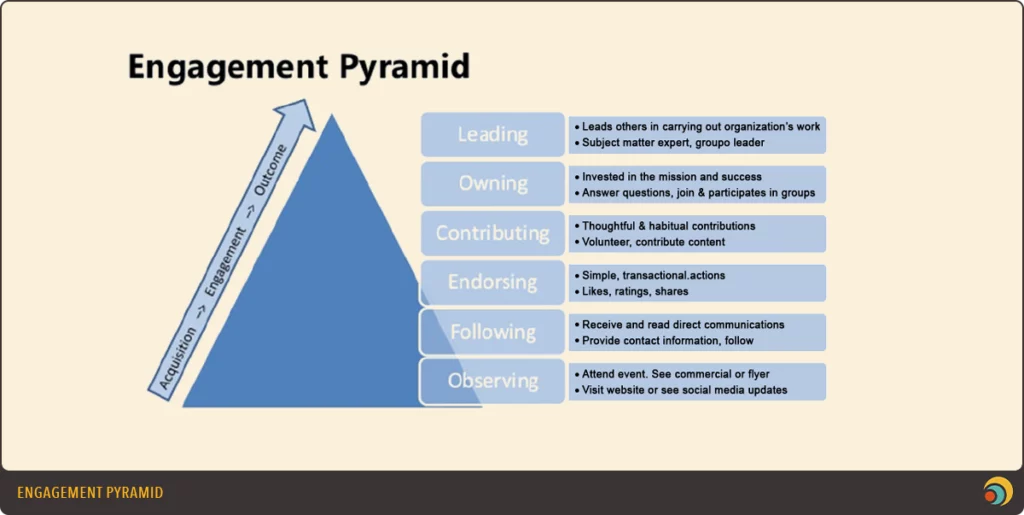… via Community-sourced Cultural Heritage Valorization
The folklore of Saint Martin is part of our pan-European cultural heritage. It is about much more than churches and relics: his pilgrimage across the continent lives through legends carrying unexploited potential for community-building and tourism as well. The NewPilgrimAge project proposes a possible way of making the best out of this potential, providing a showcase on building identity and tourism around an intangible cultural asset with a community-based approach.
Saint Martin’s heritage comes at hand if we want to work on European identity: the saint was born in Savaria, the former Pannonia province of the Roman Empire, present Hungary; walked through almost all of Europe during his pilgrimage and ended up in Tours, present France. His pan-European identity and importance was acknowledged by the Council of Europe as well: in 2005 the route of the above journey became the European Cultural Route of Via Sancti Martini. Its mission is to highlight mutual support, sharing of resources, knowledge and values. How can these values be interpreted in the XXIst century with community involvement to create new cultural products and services? – this was the mission of NewPilgrimAge Central Europe Interreg project (NPA).

The recipee of the project has three main ingredients: successful community engagement to ensure a bottom-up approach; the NPA methodology for creation of new cultural products and services with intense stakeholder involvement and the use of ICT tools to respond to contemporary needs and successfully reach the younger generations. These ingredients only needed 3 years of slow maturing, continuous stirring and voilá: as a result the cities involved have more solid communities and enriched tourism portfolio. Let’s see the most exciting steps of the cooking process and the delicious result.

A community which clearly knows its values and have a common understanding on their culture is key to a successful tourism portfolio today, as the XXIst century traveller is thirsty for authentic experiences, meeting locals and having emotional, spiritual connections. This common cultural understanding also results in more resilient communities. Thus, working on community building has multiple benefits: creation of a better social fabric and vivid heritage preservation activities connected with small-scale touristic offers, attractive for local and foreign tourists as well. Saint Martin’s birthplace is known today as Szombathely, Hungary, where one dedicated patriot started research on the saint’s local heritage, succeeding to inspire others to follow him – later they formed the Hungarian Committee of Via Sancti Martini, member of the European network of Saint Martin Cultural Centres and an important actor in local events connected to the saint.
Community sourced initiatives often fail to integrate into the tourism offer, or let alone, influence policy due to a lack of effective advocacy power of the community members; to which the project proposed the solution of creating a special “role”, that of “change drivers”. This extra ingredient was of key importance for the project. Change drivers acted as a bridge in multiple dimensions within the project: by facilitating local events to ensure community engagement; mediating between bottom-up and top-down approaches and connecting the local community with the Saint’s pan-European identity by bringing home ideas from fellow heritage bearers following transnational exchanges within the partnership.

Now that we have the foundation with a solid community, let’s see how to stimulate the creation of new products/services! In each partner city Calls for ideas were published to local residents, the content of the call deriving from the local heritage valorization fields, result of a co-creation with the transnational partnership and tailored to local needs by the community. Winners were offered mentoring, carried out in the frame of mini-workshops with professional guidance, and actual implementation of their ideas as pilot actions; this methodology guaranteed inclusivity and provided an appealing deal for idea owners. The idea owners were also invited to the Transnational Idea Fair organised by the partnership in Treviso, Italy; having the opportunity to present their projects to the local audience. Let’s see the most exciting ideas turned into (virtual) reality!
Storytelling is the most powerful means to connect and build identity – this is the main idea behind the initiative of an associative radio station in Veneto region. The idea owner, supported by our Italian partner UNPLI Veneto, is an umbrella association working in local heritage promotion. The Talking Map of Saint Martin in Veneto is a multimedia platform where all the stories related to Saint Martin are localised on a map, told in an animated video with narration in English and Italian, and in some cases with sign language as well. The stories were collected from individuals in the local community, putting the “stories’ keepers” at the centre of this initiative. The offline maps can be found at the tourist offices in the region, guiding the visitors to the multimedia content with QR codes.
The town of Dugo Selo in Croatia chose to support a project using virtual reality and gamification to let the visitors enter their famous St Martin church, which is the icon of the town but not accessible due to its ruined state. The application proposing the virtual walk contains stories and games on St Martin’s life, created by a local architect.
The idea contest resulted in a real walk as well, so the Via Sancti Martini was physically reinterpreted by a XXIst century pilgrim! Sergio Giusto, a resident of Albenga, Italy, walked home from the Saint’s birthplace Szombathely in Hungary, meeting local communities in all the partner cities along the way. The residents of Albenga were also included in this journey: in cooperation with the partners classes of local high school students were connected to classes in Albenga, thus students could engage in an unusual history class exchange. Sergio’s trip was documented in a blog and his return to Albenga offered the possibility to celebrate Saint Martin and his XXIst century follower.
More information on the NewPilgrimAge methodology, details on the above initiatives and many more can be found in the ’Community-sourced Cultural Heritage Valorization Model’ published on ISSUU.
This article was prepared in cooperation with Edit Konok, tourism expert of BURSTGroup.
